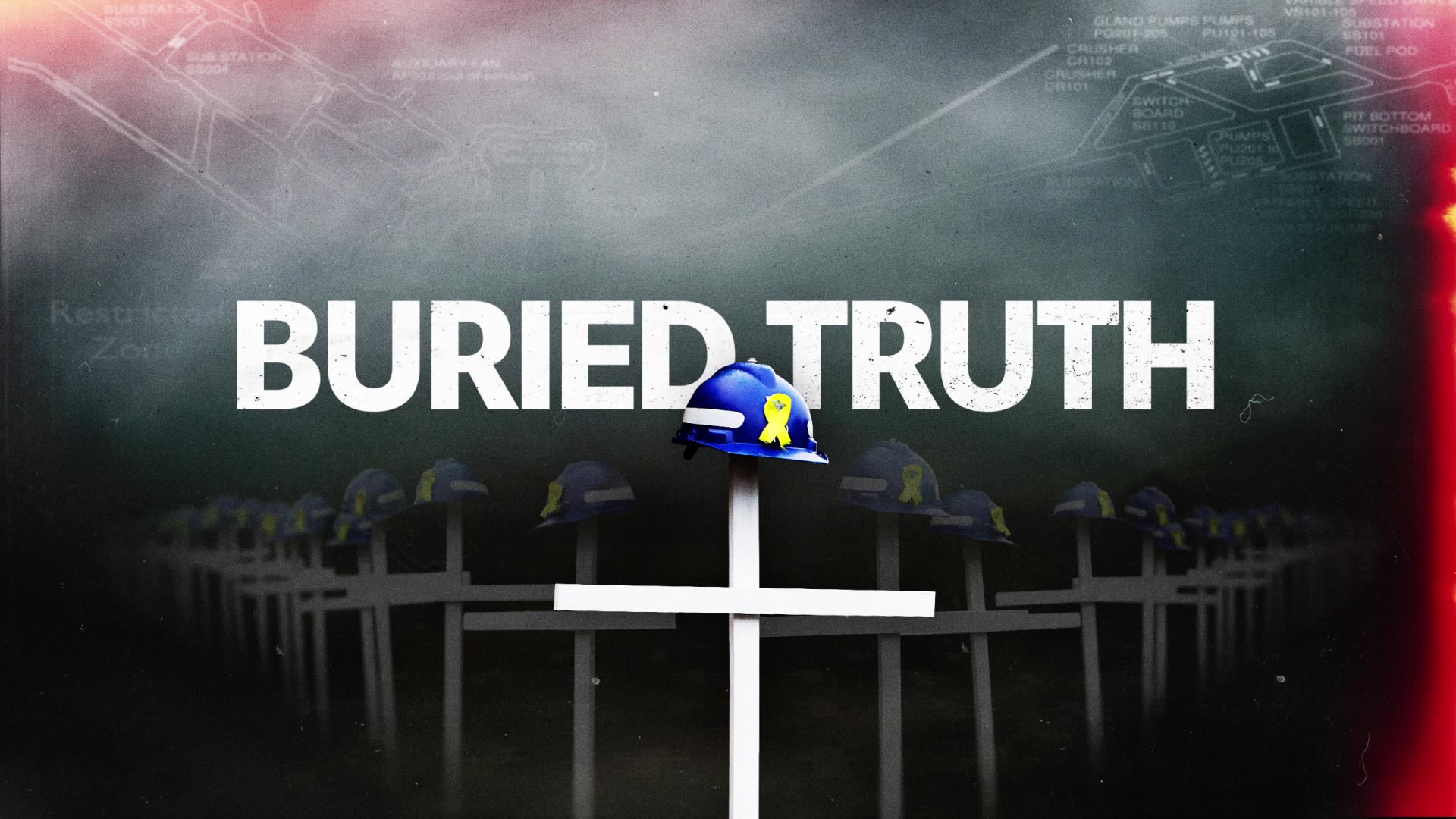
What happened at the Pike River Coal Mine is a dark stain on our national history - one that feels too huge to have been tidied up, down-played, ignored. But a small group of passionate people believe that's exactly what happened and they refuse to let it go. They want to know why the charges against Pike River Coal Ltd CEO Peter Whittall were dropped and how that was allowed to happen.

Sometimes things don’t make sense. But this can’t be accepted. They’re so important they have to make sense. If they don’t, they can never be laid to rest.
The following bleak facts have become an accepted part of our history. On Friday 19 November 2010 at 3:45pm, high up in the Paparoa Range, on the South Island’s West Coast, there was an underground explosion at the Pike River coal mine. Just two of the men working in the mine made it out alive. Twenty-nine men were killed. Their bodies have never been recovered. Their families continue to grieve – and, some, to ask questions.
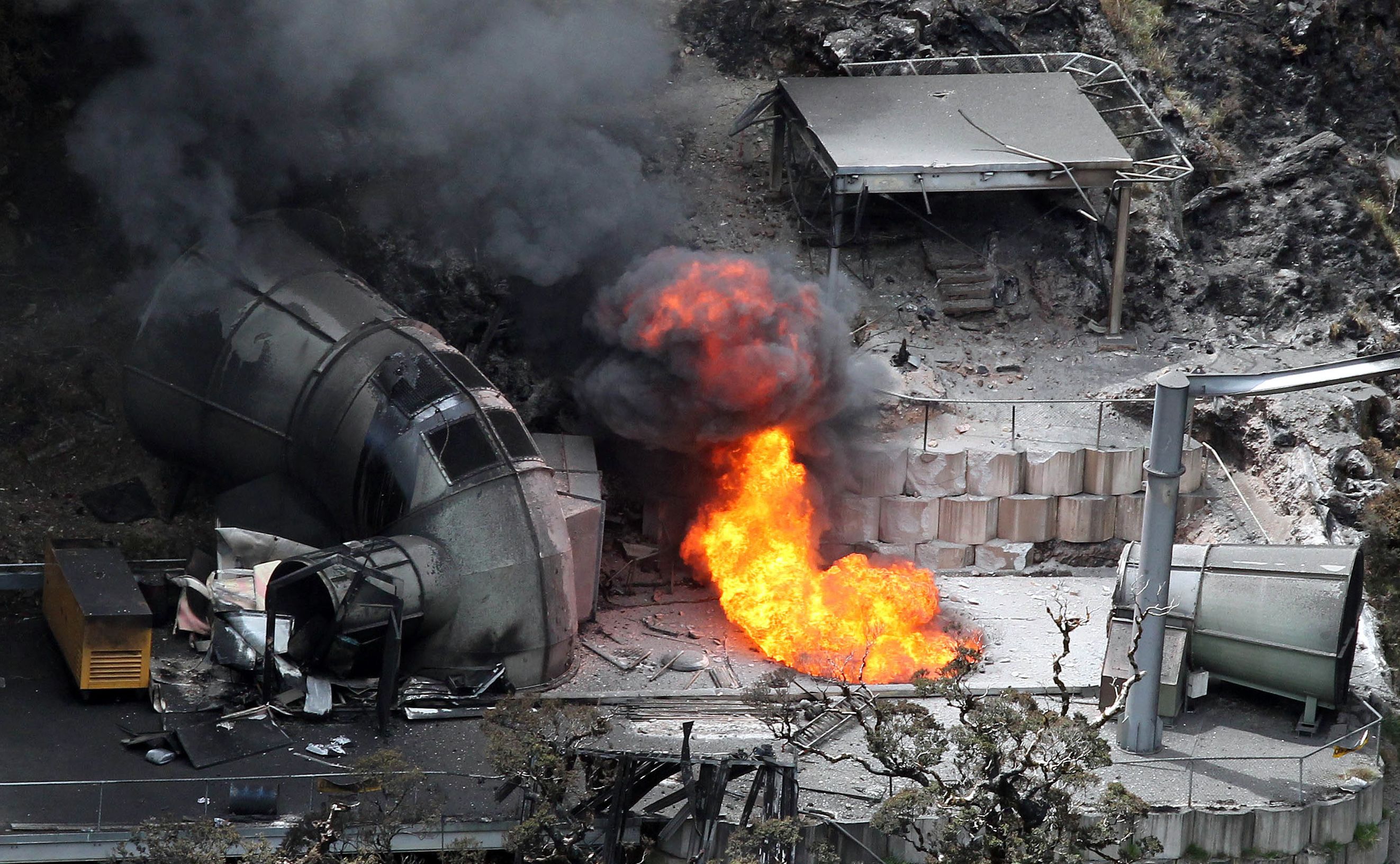
Initially, 12 charges were laid against Peter Whittall, the then CEO of the Pike River coal mine.
But just over a decade ago, in December 2013, all charges against Whittall were dropped. The piles and piles of evidence gathered were never examined in court. His trial simply didn’t happen.
In the years since the explosion, the Pike River story has grown from one hole to two, each a terrible absence. There’s the mine itself, of course. That remote and forest-ringed silence, with the 29 dead men still inside it. And there’s the trial that never occurred. Both of them echo. Neither make persuasive sense.
Years later, in 2017, due to the remarkable perseverance of two women we will meet later, and the revered lawyer who took their case, the Supreme Court would declare the non-trial an “unlawful bargain to stifle prosecution”. That’s what the families sought at the time, a public declaration that the dropping of the charges was wrong. But for some, the Supreme Court’s unprecedented judgement wasn’t enough. They still want to know how that “unlawful bargain” was allowed to occur. What led to it? And who, apart from Peter Whittall himself, did the decision to drop all the charges against him benefit?
Using newly obtained documents, court records and judgements, the Supreme Court transcript, exhaustive analysis of backroom legal negotiations, hours of interviews, the work of family members of the men who were lost, and the efforts of one driven and passionate, if controversial, ex-lawyer fuelled by a need for transparency, or justice, or sense, this is an examination of how that unlawful bargain was able to slip through our legal system.
This is the story of the non-trial of Peter Whittall.
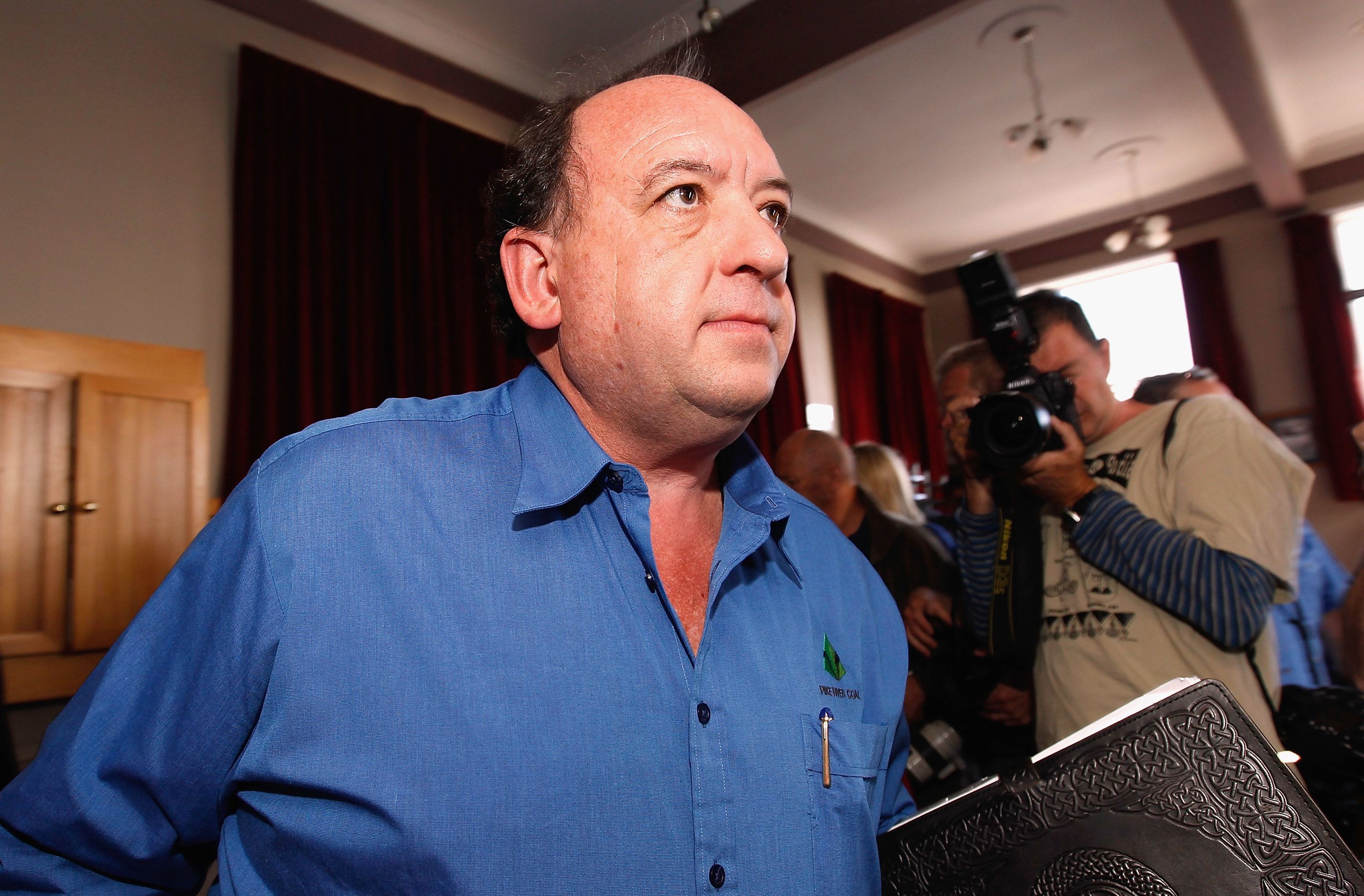
STRIVING FOR AN ENDING
The terrible reality of Pike River is that it will not have a happy ending. The 29 men will not walk out, they will never return to their wives, or partners, or parents, or children. But one thing that can be achieved, must be achieved, is a greater understanding of how and why such a crucial form of justice, a trial, was denied.
I have covered Pike River since the day after the explosion happened, and I’ve often sensed the reaction it most provokes is a kind of despair.
But we have to see beyond that.
If 29 of us die at work, if the country’s top court describes a “bargain to stifle prosecution” and calls it “unlawful”, but then we go on, with no formal and meaningful consideration of how this occurred, we don’t only betray the 29 men, we betray a critical obligation for our workplaces to be safe, and, if they aren’t, for there to be transparency in the application of justice.
It’s time to fully understand the decision of WorkSafe to offer no evidence on all charges against Mr Whittall after he agreed to make a payment into court of $3.41 million.
That money – provided by unnamed insurers and distributed among the families of the men who died (as well as the two who survived) – was an essential part of the “unlawful bargain”.
THE 12 CHARGES AGAINST WHITTALL
The health and safety charges against Peter Whittall were laid in November 2011 – one year after the tragedy. They were announced in a media release from the then Department of Labour (now MBIE/WorkSafe).
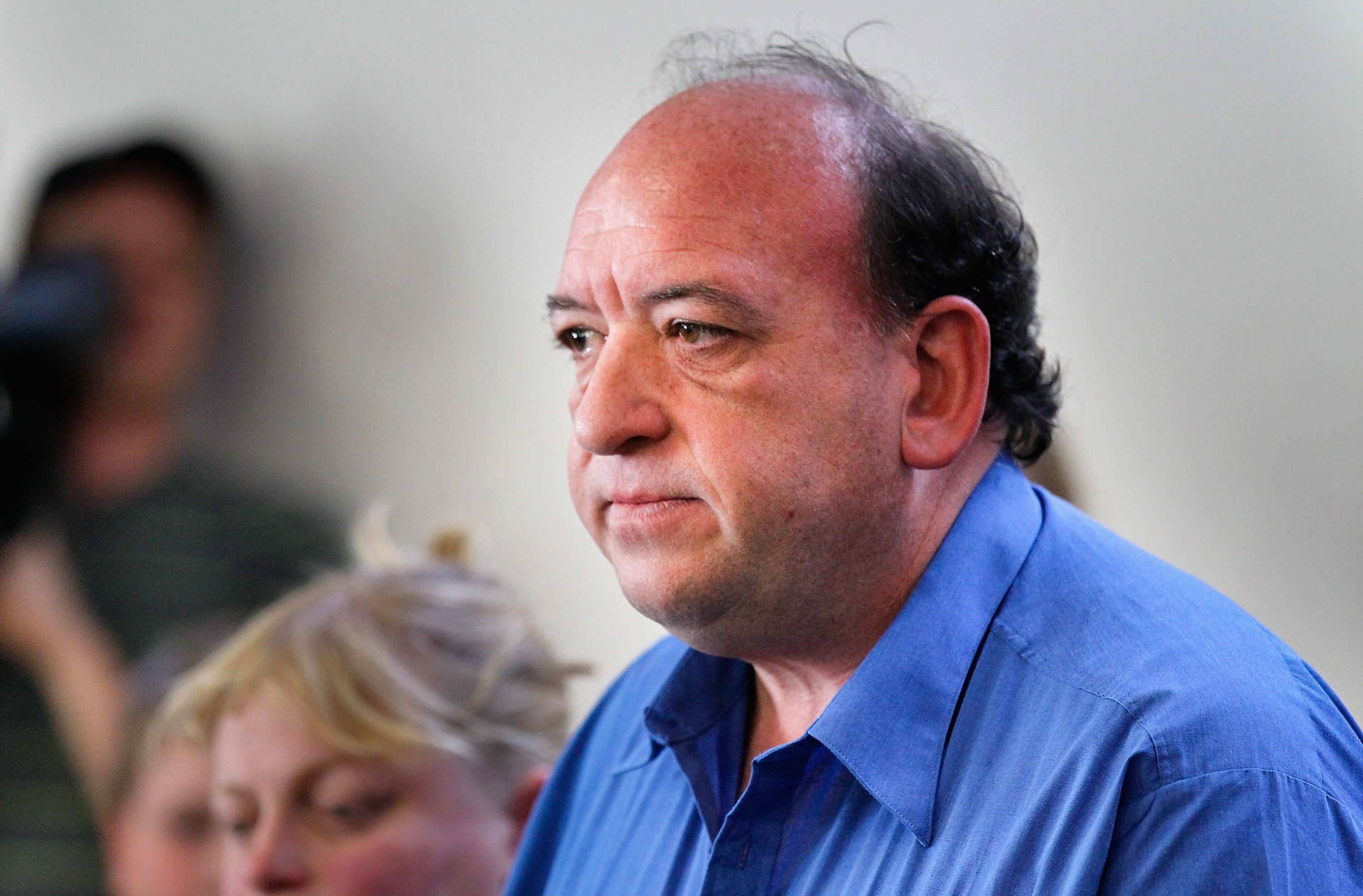
That release spoke to the size and seriousness of the investigation. It was “the most complex investigation ever undertaken by the Department”. A team of 15 investigators, 200 interviews, the involvement of “acknowledged subject experts”.
Peter William Whittall was publicly named the next day.
While Pike River Coal Limited and VLI Drilling Limited were also charged and ultimately convicted, Whittall, the director and CEO of the former, was the sole individual named. He also faced the most charges – 12, in total: Eight offences of acquiescing or participating in the failures of Pike River Coal Limited (four as an employer, four as a principal). And four offences of failing to take all practicable steps to ensure that no action or inaction of his as an employee harmed another person.
Peter Whittall now lives in Australia. He is CEO of Illawarra Diggers Aged and Community Care, in Wollongong. A place for “diggers” who got to be old.
When the charges against Whittall were announced by the Department of Labour, a separate investigation was also ongoing – by police. They were exploring criminal charges, in addition to the Department’s health and safety charges.
So, two investigations. Both large and exhaustive.
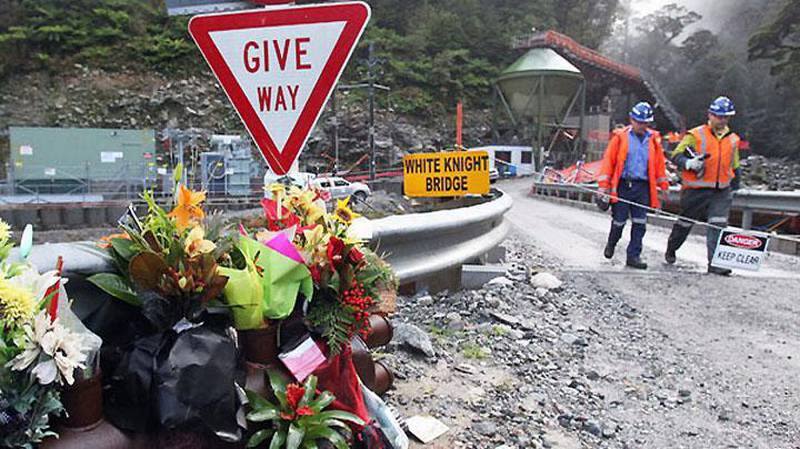
During this period the Royal Commission into the Pike River Mine Tragedy was also sitting, and much of what it found was damning. The following is taken directly from its report:
- A culture that put production before safety.
- A lot of safety information was not assessed at all.
- The emergency response management plan essentially discounted the risk of an explosion... despite the history of methane explosions in mining and methane issues at Pike River.
- The variable quality of stoppings at Pike River compromised the effectiveness of the ventilation system, and increased the risk of a catastrophic event.
- At best the system was stretched to capacity, with no room for error.
- The placement of the main fan underground was a major error, aggravated by the failure to adequately protect the fan motor against methane ingress.
- The executive management pressed ahead when health and safety systems and risk assessment processes were inadequate.
- The emphasis placed on short-term coal production so seriously weakened Pike’s safety culture that signs of the risk of an explosion either went unnoticed or were not heeded.
TWENTY-NINE MEN
We used to list their names. The youngest was Joseph Dunbar. He had just turned 17. Joseph was meant to start at the mine on the following Monday, but he was so excited about his new job that he went in three days early, the day after his birthday, the day the mine exploded.
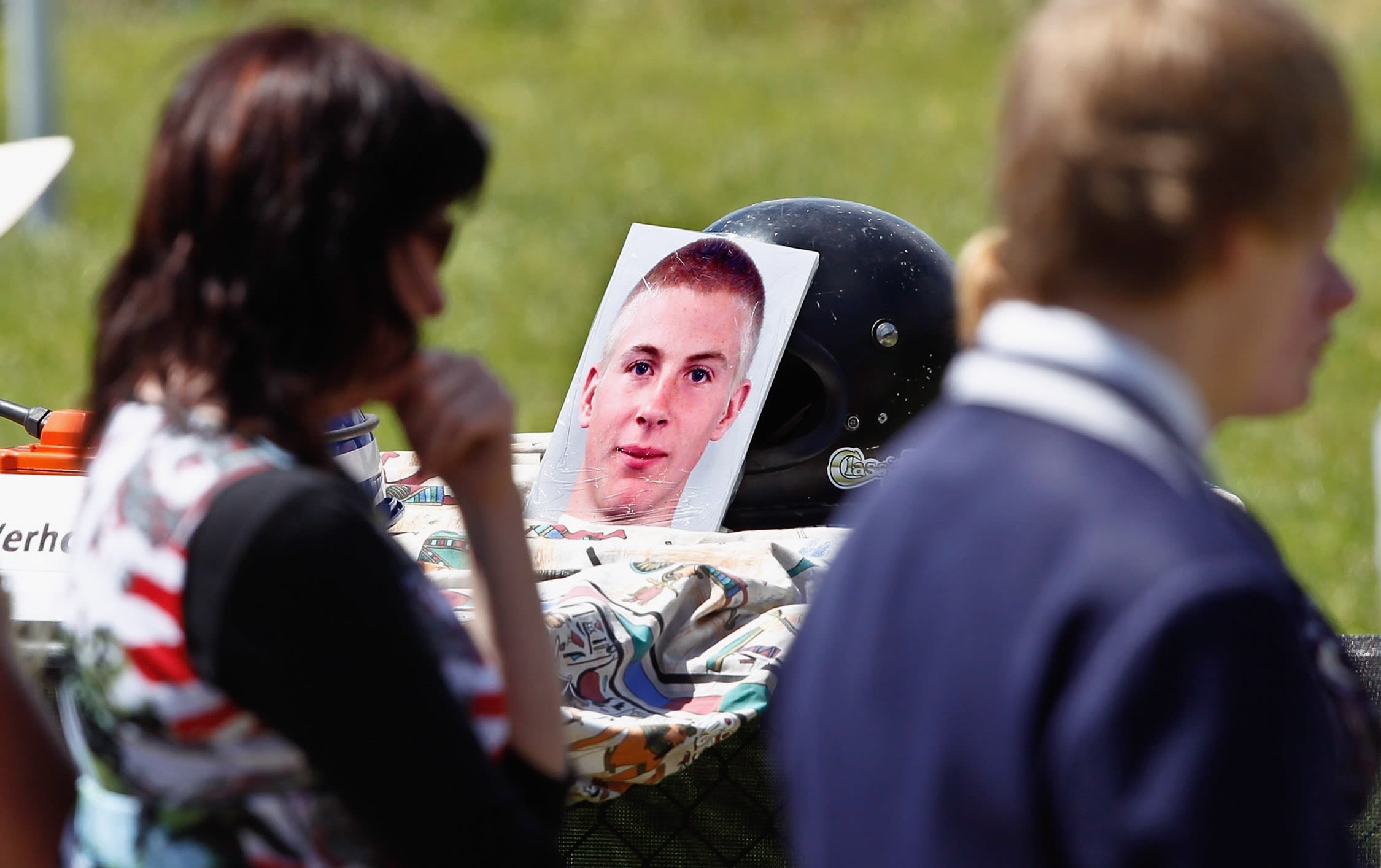
Photograph of Zen Drew, at the national memorial service at Omoto Racecourse on December 2, 2010 in Greymouth, New Zealand. (Getty Images)
Photograph of Zen Drew, at the national memorial service at Omoto Racecourse on December 2, 2010 in Greymouth, New Zealand. (Getty Images)
Zen Drew had just turned twenty-one. There are details you hold forever, like how his heartbroken father, Lawrie, told the New Zealand Herald he just wanted to tell Zen he loved him.
The oldest was Keith Valli, he was 62. Keith commuted to Pike each week from his home in Southland. It was an eight- or nine-hour drive, but the roads were safer than the mine.
In the days after the men were lost, newspapers published small, human details to tell us who they were. Keith loved Bev and Bev loved him back. He was an adored uncle. His brother, Geoff, had been an All Black. He was a dab hand at lawn bowls, and his bowling club had a beautiful name – Nightcaps.
They were people, in other words.
Gone.
The Supreme Court quotes WorkSafe as saying that what happened was, “as serious as one can contemplate … not only with regard to the breath-taking omissions and failures at the mine but also in terms of the number of men killed”.
Yes.
But in July, 2013, police announced that, “after a complex and lengthy inquiry” they had “determined that no charges will be laid against any individual involved in the management of Pike River Coal”.
None. No criminal charges.
But the 12 health and safety charges remained.
DOUBLE JEOPARDY
Here’s where we need to dig, like miners, into the hard rock of the documents – beginning with that police announcement.
It states: “There is general acceptance and ample evidence that there were widespread departures from accepted standards of mine operations.”
It continues: “There is enough evidence to support a charge of criminal nuisance.”
Police also state: “The investigation has been one of the most complex undertaken by police involving formal interviews with 284 individuals, 25,000 pages of witness statement transcripts and some 34 million pages of documentation relating to the operation of the Pike River Mine.”
34 million pages.
And police tell us: “Up to 16 police investigators have been involved at any one time and a range of experts have provided technical input to the investigation. Advice has also been sought from Crown Law and the Crown Solicitor.”
(This is important. What did Crown Law advise them?)
But then, almost as if in dispute with itself, the police statement declares, “no charges will be laid”.
Why not?
The media release goes on to repeatedly explain: “A charge of criminal nuisance laid by police raised issues of double jeopardy, given the ongoing MBIE prosecutions.”
So, police stepped aside because MBIE was already there. Because the MBIE prosecutions were “ongoing”. Because a separate prosecution might “adversely impact on the MBIE court process”. Because the penalties police might achieve were “unlikely to be greater than the MBIE led prosecutions”. Because the “matter is most appropriately dealt with” by the MBIE prosecutions. And because a police prosecution, over and above the prosecution MBIE was taking, created the risk of “double jeopardy”.
But then in December 2013, MBIE announced: “The Ministry of Business, Innovation and Employment will not be proceeding with charges laid against former Pike River CEO Peter Whittall in connection with safety failings at the Pike River Mine.”
Twenty-nine men dead, two major investigations, one pulled because the other rendered it unnecessary, and then neither of them proceeding.
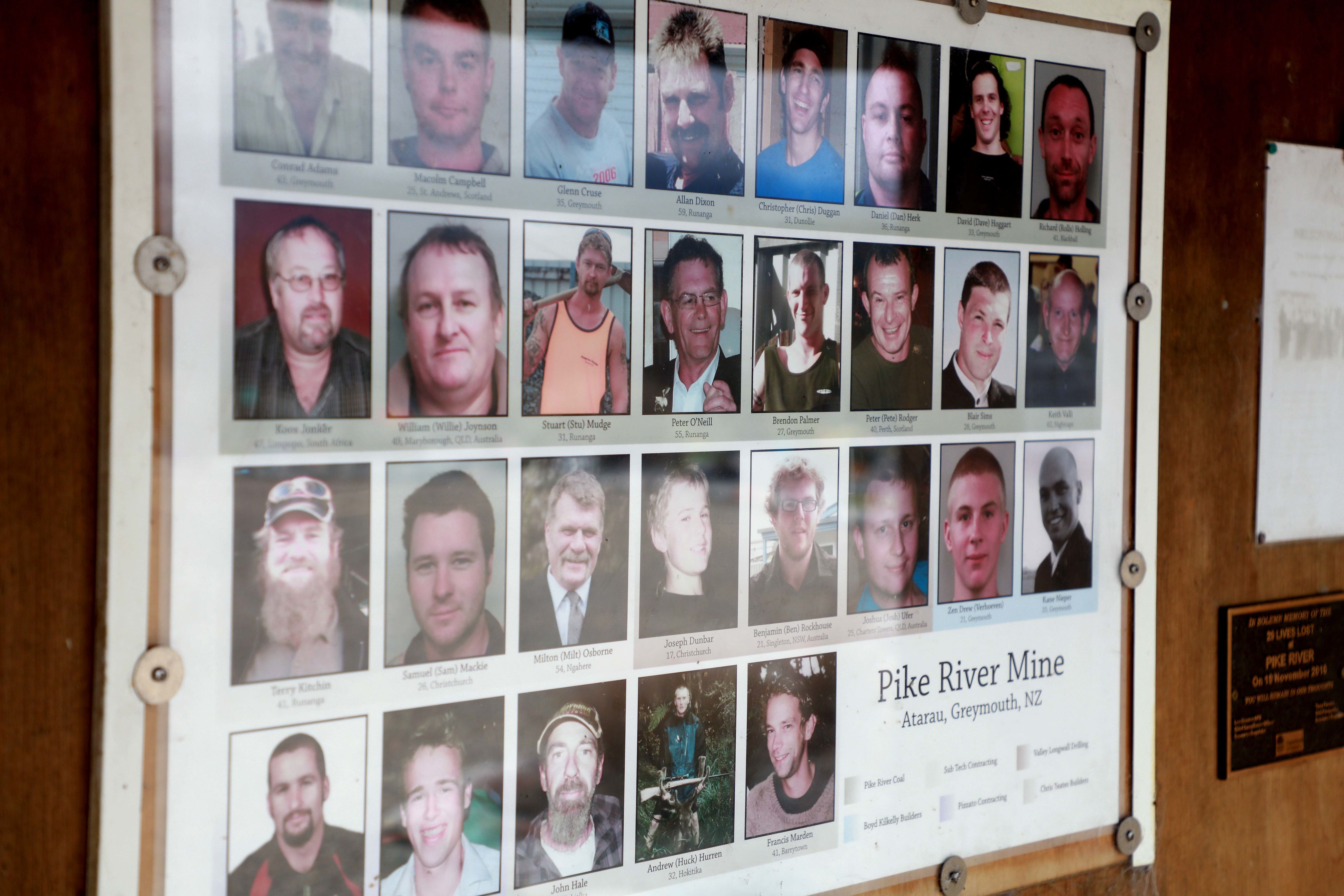
Slowly, without a sense of the larger meaning yet, everything was beginning to collapse. And Peter Whittall would go from double jeopardy to no jeopardy at all.
ANNA, SONYA, HELEN AND NIGEL
I never met a single one of the Pike River men. But I have met family members of many of them.
When I first arrived in Greymouth we stood silently across the road as the families walked in and out of the twice daily briefings. They avoided our eyes. But their eyes were shocked and hollow – first with fear, then with grief.
The first mum who spoke to me was Carol Rose. I remember her sadness – and her kindness. Carol’s boy was Stuart Mudge. Working for Pike was “a dream come true” for him. Stuart was 31. His then five-year-old daughter is now 18.
In the years since those harrowing days, I’ve come to know many of the people who’ve kept the Pike story alive. People who’d never been in the media before and who only wanted their boys back – but who found in themselves the heart-strength to be the voices of the lost men, and to demand an answer to that most essential of questions – why?
Two of them, Anna Osborne and Sonya Rockhouse, were so appalled by WorkSafe’s decision to offer no evidence against Peter Whittall that they took it all the way to the Supreme Court. A “judicial review”, it was called. And they won.
It was an act of courage and immense strength by Anna (who lost her husband, Milton) and Sonya (who lost her son, Ben – and whose son Daniel was one of the two men to survive). It was assisted and encouraged by another remarkable woman, CTU President, Helen Kelly (before her death from cancer) and fought, in court, essentially pro-bono, by one of the greatest lawyers this country has ever produced, Nigel Hampton KC (OBE, CNZM).
“And so we set sail,” Nigel Hampton recalled to me recently. Into the Supreme Court.

Nigel Hampton at Pike River Royal Commission Inquiry at District Court in Greymouth, New Zealand. - Getty
Nigel Hampton at Pike River Royal Commission Inquiry at District Court in Greymouth, New Zealand. - Getty
In November 2017, the Supreme Court released its judgement: “A declaration is made that the decision of WorkSafe New Zealand to offer no evidence in the prosecution of Peter William Whittall was unlawful.”
So how was it able to happen? And why?
ENTER CHRISTOPHER HARDER
If you are reading this in daylight hours, Christopher Harder will almost certainly be in his office, in central Auckland, surrounded by Pike documents. Boxes of them. Ring-binder atop ring-binder. Piles of pages, leaning, toppling.
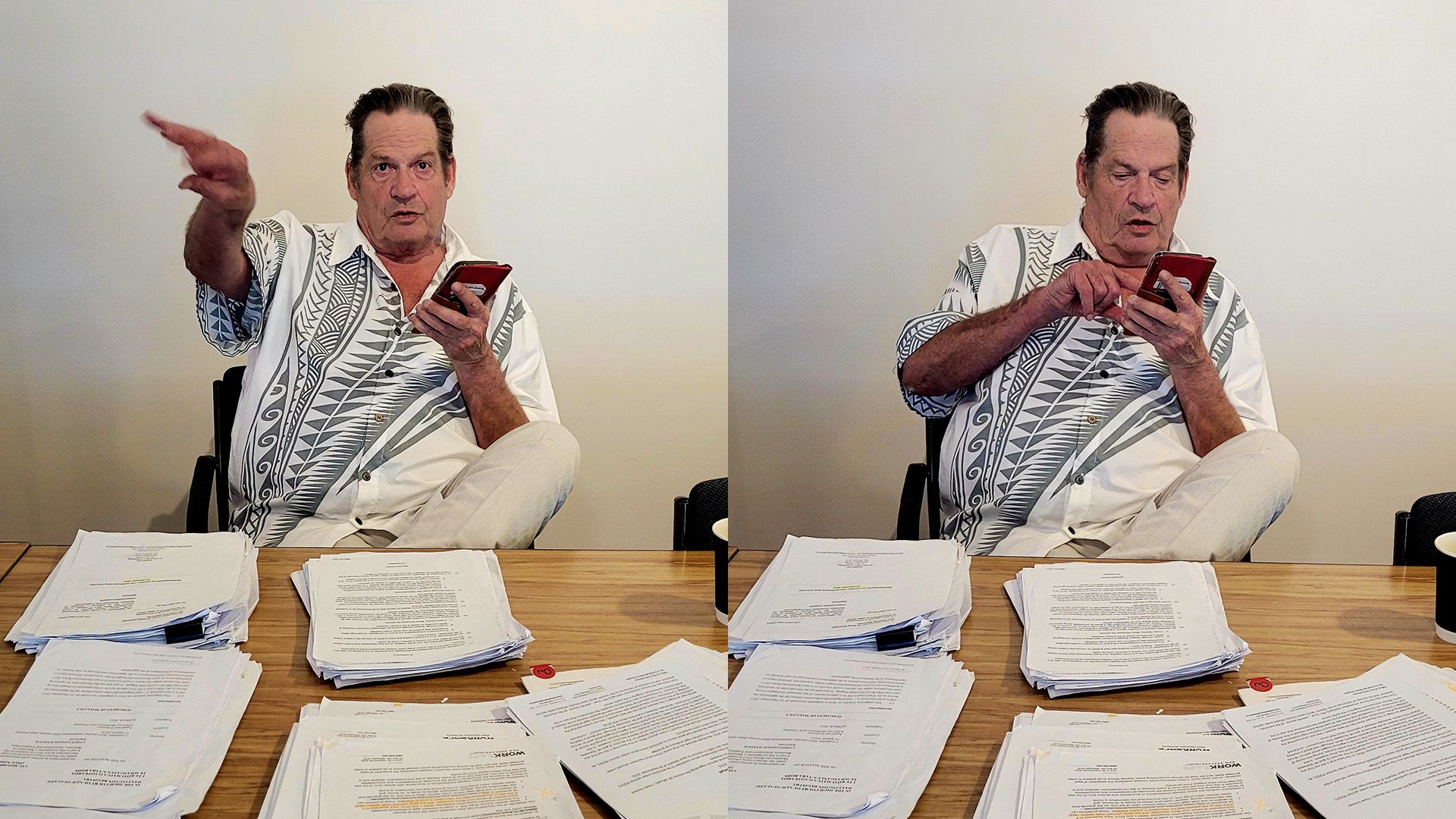
And Christopher Harder will be going through them, like a librarian on speed. Like a movie scene played on fast-forward. He possesses a kind of frantic obsession with Pike River’s terrible sequel, and a singular question – why, exactly, did WorkSafe withdraw its prosecution of Peter Whittall?
It is a jigsaw puzzle with a ridiculous number of pieces.
Christopher Harder will finish the Pike puzzle. A lawyer who was struck off the law practitioners’ roll for conduct regarded as inappropriate (more on that later), he regards the legal machinations that led to the decision to “offer no evidence in the prosecution of Mr Whittall” as more problematic than anything he ever did.
And so he is gathering documents, making Official Information Act requests, fighting in the High Court for access to further documents that have been redacted or not released.
Thousands of hours. Unpaid.
Because when the Supreme Court made its extraordinary judgement, Christopher Harder did not think that was the end of the story.
And he will not stop until we know the whole story. All of it.
LETTER BETWEEN TWO LAWYERS
To read the letters and emails Christopher Harder now sits afloat on in his office, to read the correspondence Nigel Hampton cited in the Supreme Court, is to go behind the scenes, into legal to-ing and fro-ing. The pinstriped chambers. The deal making. The process. Before the court, outside the court. The other way law is done.
On July 8, 2013, Brent Stanaway, the Crown Solicitor for Christchurch, who was acting for MBIE against Peter Whittall, emailed Stuart Grieve, the barrister and one of the lawyers acting for Peter Whittall, under the subject line: Possible Whittall resolution discussions.
We know now that July 8 was nine days before police announced they would not be laying criminal charges against Whittall, in part because the police felt the ongoing MBIE prosecutions meant a police action was not required, might “adversely impact on the MBIE court process”, and was unlikely to achieve penalties “greater than the MBIE led prosecutions”.
So even as police were about to step aside, the MBIE prosecution team was tentatively beginning its own, as yet unchoreographed retreat: “we have discussed … the possibility of … meeting to attempt a plea arrangement resolution to the charges Mr Whittall faces,” as Stanaway wrote to Grieve.
“I have firm instructions to attempt to resolve the case with a plea arrangement … within the new Solicitor General Prosecution Guidelines,” Stanaway continued, which now had the “recognised consideration” of “cost and best use of resources”.
Firm instructions. From his client, MBIE’s WorkSafe.
Whittall’s lawyer, Stuart Grieve, replied the next day that he did not want to waste valuable time without a Police announcement.
Nine days later that announcement was made: the Police would not be laying criminal charges.
On August 7, a month after that July email with its “firm instructions”, Grieve wrote back to Stanaway.
This letter is important. It reveals the two lawyers had already met, “last Friday”, as Grieve wrote, “to discuss, on a without prejudice counsel to counsel basis, possible ways to conclude the MBIE prosecutions without the need for a very lengthy and expensive trial”.
“Without the need.”
The need, perhaps, was 29 dead men. The need, perhaps, was a workplace culture that put “production before safety”. The need, perhaps, was the fact that MBIE alone was carrying the weight of the prosecution now that police had pulled their own criminal investigation.
It’s in that August 7 email we see for the first time the two lawyers, “counsel to counsel”, considering that a “payment” could be made in return for the prosecution of Peter Whittall not proceeding.
“Given the recency and ambit of the discussions,” Grieve wrote, “I see no need to rehearse the detail now, save to say that the essence of the arrangement that I proposed involved a voluntary payment of a realistic reparation payment, conditional upon the informant electing not to proceed with any of the charges against Mr Whittall”.
(The “informant” was MBIE/WorkSafe.)
Later, the Supreme Court would say in its judgement: “There is nothing in the Solicitor-General’s Prosecution Guidelines which suggests that an arrangement to obtain reparation in exchange for withdrawal of prosecution is permissible … A conditional arrangement is inconsistent with the qualification that ‘defendants should not be able to avoid prosecution simply because they pay compensation’”.
THE BARGAIN STRUCK
On August 20, 2013, Brent Stanaway replies to Stuart Grieve and for the first time (at least from the documents we’ve obtained) refers to “insurers”.
“Currently on the table (on a without prejudice basis) for discussion, is the central arrangement that the insurers for Mr Whittall/Pike River Coal Limited (PRCL) would make a voluntary payment of a realistic reparation payment to the Pike River disaster victims, conditional on MBIE electing not to proceed with any of the charges against Mr Whittall.”
So, “the central arrangement” is a “voluntary payment” conditional on MBIE dropping the charges against Mr Whittall.
A payment of $3.41 million made by Whittall/PRCL (or their insurers) to the 29 men’s families in return for a discontinuation of WorkSafe’s prosecution against Whittall. A bargain. A deal. In a way, it really was that simple.
And also, not.
Let’s return to August 20, 2013, and Stanaway’s reply to Grieve. “Thank you for your letter of 7 August 2013”, it begins, before referring to a “recent telephone conversation”, which is not detailed.
It then, as we have seen, articulates “the central arrangement” that we know about.
But what has never before been published is paragraph four of that same letter, in which Brent Stanaway writes something resolute and new:
“I should make it clear from the outset that I would simply not be able to support, and indeed would not be prepared to advance to the Solicitor-General or anyone else, the other two conditions which you referred me to in our without prejudice discussions.”
What were they, those “other conditions”? Why did Brent Stanaway write that he was simply not able to support them?
Both Stuart Grieve and Brent Stanaway have politely declined to be interviewed.
Let’s return to the documents.
On the October 16, 2013, Grieve sent a long and formal letter to Stanaway, detailing the proposed $3.41 million payment.
“The purpose of this letter is to provide you with more details of a proposal previously discussed with you in very general terms, namely, that a voluntary payment of $3.41 million be made available to the families of the 29 men who tragically lost their lives in Pike River's coal mine and the two men who survived the 19 November 2010 explosion.”
The payment would allow $110,000 for the families of each of the 29 men who died and the two survivors, consistent with the amounts calculated by the District Court when PRCL was sentenced for breaching health and safety laws. The company didn’t pay these reparations as it was already in receivership at the time of sentencing and was removed from the register without the payments being made.
The letter continues with a number of terms including, critically: “In advance of the $3.41 million being made available, it is proposed (with precise terms to be agreed) that:
(a) The Ministry will not proceed with the charges laid against Mr Whittall by advising the Court that no evidence will be offered in support of any of the charges.”
A dozen words: "The Ministry will not proceed with the charges laid against Mr Whittall.”
And that is exactly what happened.
UNWANTED SCRUTINY?
Later in that same letter, Stuart Grieve writes something that, in hindsight, is perhaps a crucial element in that “unlawful bargain”.
“Putting to one side our view that Mr Whittall has good defences to the charges, which would in part involve a considerable focus on the role of the Department of Labour's inspectorate in relation to the mine, there are obvious significant economic and preservation of resource benefits in concluding this matter as expeditiously as possible,” he writes. [The italics are mine]
Mr Whittall’s defence lawyer appears to be suggesting that, if the charges proceed to trial, one of the lines of defence will be (not unreasonably) “a considerable focus” on MBIE and their inspectorate, whose oversight of the Pike River mine was the subject of an entire chapter in the Royal Commission’s report, which determined their “failure… allowed a highly questionable ventilation system at Pike River”, and concluded: “The inspectors obtained only a limited snapshot of the mine’s physical systems during inspections, and possessed insufficient information to make an informed judgement concerning the level of compliance at Pike River.”
So, the inspectorate’s oversight (or lack thereof) of Pike River’s safety and compliance would have been rigorously assessed by Whittall’s defence team. In essence, Whittall’s defence team would have put MBIE on trial – if the trial had happened. But it didn’t.
MBIE eventually made the decision to drop the charges against Whittall on December 4.
Their justification for that? That the charges no longer met the public interest test under the Solicitor-General’s Prosecution Guidelines; the difficulties in obtaining a successful prosecution; what they described as the “comprehensive” report already provided by the Royal Commission; the unlikelihood of victims receiving court-ordered reparation from the company; and the high costs associated with continuing the prosecution.
Grieve was told about the decision and asked to make the letter of October 16 an open one and not “without prejudice”.
WHEN A COPY IS NOT A COPY
On December 6, Grieve emailed Stanaway.
“Good afternoon Brent,” he wrote. “As discussed, a copy of my 16 October letter is attached.”
But attached was a version of the earlier letter, rather than a copy, which in common and legal terms means a duplicate.
This second version of the letter also contains what appears to be a radical and unexpected addition to the first version of the letter, and that can be found in a paragraph numbered 6(e).
The original, referring to the payment of the $3.41m, reads: “Trustees for each of the 31 trusts sign trust deeds in a form that we can prepare, thus establishing the structure for payment of each of the $ 110,000 sums.”
That’s it. Completely straightforward.
In the second version, the “copy” sent on December 6, the clause now reads: “Trustees for each of the 31 trusts counter-sign letters acknowledging that the $110,000 distribution is being made on behalf of the Company's directors and officers in recognition of harm arising directly or indirectly from the explosions or any subsequent events arising from those explosions.” [My italics.]
Not just Peter Whittall alone, but “the Company’s directors and officers”.
“Directly or indirectly”. “The explosions or any subsequent events”.
Brent Stanaway replied that night. (Although, it appears they had already spoken.)
“Dear Stuart, he wrote, “As discussed this afternoon I am afraid that para 6 (e) of the letter you have forwarded me today is unacceptable and is not the basis on which I provided advice to the MBIE, nor for that matter the basis on which their decision was made.”
Stanaway continues:
“My advice and the MBIE decision was based on your original letter of 16th October which I obtained approval from you to provide to the decision makers and our personal discussion that confirmed that there was no longer any condition attached to the payment of the $3.4m (as had been previously indicated).”
“I am not sure,” Stanaway writes, “what the purpose of para 6(e) is but am concerned that it possibly appears to be an effort to reintroduce an earlier condition discussed. I note your telephone advice that this is not the intention. MBIE cannot in any event bind the Trustees or the families to any such arrangement without their approval … If the arrangement is to proceed the original letter will need to be replicated as far as possible”.
Let’s stop there.
The phrase “reintroduce an earlier condition discussed” means, what?
Later in that same December 6 email, Brent Stanaway tells Stuart Grieve, “I have not sent your letter to MBIE yet as I do not want to cause alarm”.
The new paragraph 6(e) had, Nigel Hampton told the Supreme Court, “the ring to it of trying to achieve a conclusive settlement of various other aspects as well.”
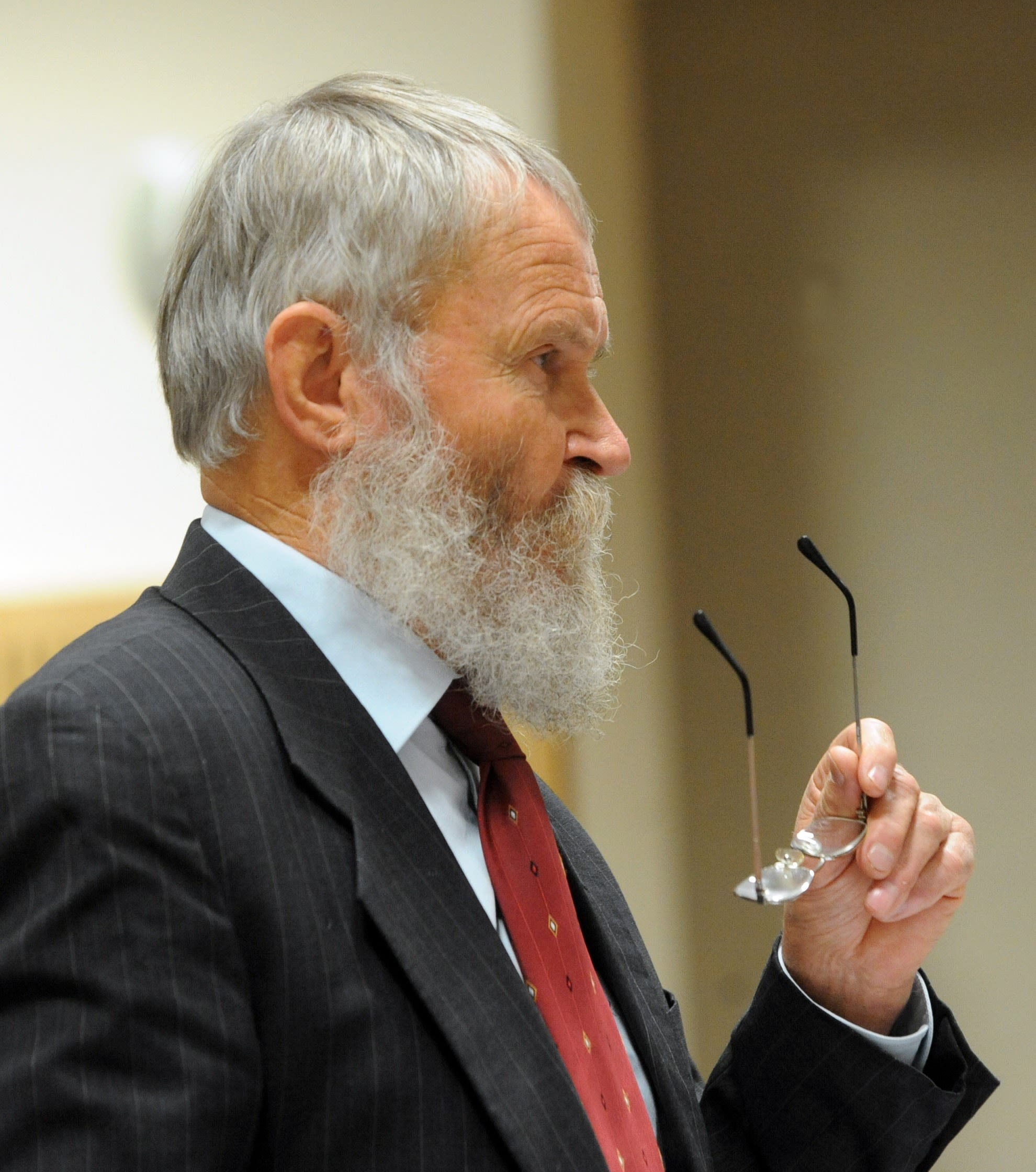
Nigel Hampton at Pike River Royal Commission Inquiry at District Court in Greymouth, New Zealand. - Getty
Nigel Hampton at Pike River Royal Commission Inquiry at District Court in Greymouth, New Zealand. - Getty
And here’s a fascinating extra. In the second version of that letter, beside the contentious paragraph 6(e), there’s a handwritten scribble in the margin that appears to read: “no bar to a civil claim”.
At the end of last year, I received an email from Brent Stanaway. It read exactly as follows:
Dear John,
I acknowledge receipt of your list of questions to myself and Mr Grieve KC.
I will not be answering any of the questions.
I have not held a practicing certificate as a lawyer for several years and therefore cannot act as one.
I am not instructed by WorkSafe or Crown Law to answer any of the questions posed.
In the circumstances it would be appropriate for any request to answer questions to be made to WorkSafe direct.
Also, as I understand it , several of the questions posed are interlinked with current OIA requests for legally privileged material.
However, I can assist with one matter , (relevant to your question 3 ).
The notation in the margin in my handwriting should be read as "No !! -a bar to civil claim"
Regards,
Brent
So, Brent Stanaway was emphatically rejecting paragraph 6(e) as “a bar to civil claim”. It appears that he believed Grieve was attempting to include in the bargain, a guarantee that his (Grieve’s) client, Whittall, would face no further legal action. However, he (Stanaway) was only prepared to make that agreement on behalf of his own client (MBIE/WorkSafe) – and Whittall’s payment was in return for the dropping of the health and safety prosecution alone.
On Saturday December 7, 2013, at 9:20am, Stanaway sent Grieve a follow-up email to the note we have seen from the previous evening. He wrote of the proposed $3.41m: “This is a payment which was proposed with the only condition that the charges against Mr Whittall were dismissed. While I understand there may be other conditions for the insurers now, any variation in the arrangement which changes the character or appearance of the arrangement that I advanced to MBIE will not be acceptable.”
Brent Stanaway continues:
“That includes any suggestion that the recipients would be required before receipt of the payment to acknowledge that the payment to them would be in reduction of any future claims by them against insured parties.”
Was this request for confirmation of no further action something that came on behalf of the “insurers”?
Another version of that October 16 letter was duly sent the same day. Version three. And this version contained no paragraph 6(e) at all. Instead, the $3.41 million would be paid to the Court for it to distribute to the families of victims, and the survivors.
What the Supreme Court would call the “unlawful bargain” was almost complete.
"BLOOD MONEY" AND
"BACKROOM DEALS"
The announcement that all charges against Peter Whittall were being dropped was made in the Christchurch District Court on the morning of December 12, 2013.
The presiding judge was Jane Farish. “Now, some of you”, she said to them, “will say, and think, and believe, that this is Mr Whittall buying his way out of a prosecution. And I can tell you it’s not.”
Judge Farish explained that the decision whether or not to prosecute Whittall was quite separate from the payment to the families. (The Supreme Court later acknowledged Judge Farish didn’t have all the information the higher courts were provided during the appeal process.)
WorkSafe’s given reasoning was that prosecuting Whittall no longer met the public interest test. That’s the reason why the charges were dropped. Not because $3.4 million was on the table.
The court bristled with incredulity. How the words were being spoken and no one wanted to hear them. The way people inhaled. Three years after their men had been lost, no rescue, no bodies, no police prosecution, and now, no trial.
“Mr Whittall is formally discharged,” Judge Farish said.
Outside the Court, the families of the dead men were stunned, angry, confused, distraught…
“This feels like blood money,” Carol Rose said. “This feels like a back-room deal.”
“Justice hasn’t been done, at all,” said Bernie Monk.
“We’re not going to give up”, said Sonya Rockhouse. “We’re going to look at civil action.”
She did. And, as we know, they won.
HOW HIGH DID IT GO?
Which brings us back to the holes. And to unfinished business.
Ten years on from that day in the District Court in Christchurch, one thing Judge Farish said still echoes.
“The decision not to prosecute, or continue with the prosecution, has been taken at a very high level.”
How high?
The Supreme Court decision refers to WorkSafe’s “ad hoc panel” which included its Chief Inspector, Response and Investigations, senior managers, counsel and representatives of the Solicitor-General. The panel assembled to discuss the proposal to offer no evidence against Whittall. Some raised concerns about the appearance of “chequebook justice”, wanting to ensure it was only considered if it was appropriate to do so. However, they also considered that this was the only prospect of securing payment for the families of the District Court’s reparation order.
What was the legal advice from in-house counsel, Brent Stanaway and Crown Law? Those documents are still being pursued.
One final point about how “very high” this went.
In December 2013 when MBIE released a media statement headlined “Charges against Peter Whittall not proceeding”, they included an important detail that seems to have largely disappeared from public discussion in the years since.
“The Ministry sought advice from the Solicitor-General on whether the financial offer should be taken into account, and if so, how. After consultation with the Solicitor-General and careful consideration, it was determined that the offer should be taken into account.”
Given that the Supreme Court would later rule this financial offer constituted an “unlawful bargain”, it seems striking that the Solicitor-General at the time, Michael Heron KC, appears, according to this MBIE media release, to have known about it.
What “advice” did the Solicitor-General or Crown Law give? I emailed Crown Law and asked them.
On January 16, I received a reply citing legal privilege, and the fact that “the Solicitor-General’s law officer functions falls outside the scope of the OIA”.
Crown Law’s email concludes: “In the Solicitor-General’s view the public interest in MBIE being able to seek legal advice from the Solicitor-General on the complex interplay of factors relevant to this prosecution decision, by a clear margin, outweighs the public interest in disclosing that advice.”
What advice did the Solicitor-General, the Chief Executive of Crown Law, give MBIE? It seems almost impossible for us to know.
BERNIE, DEAN, LEO AND CHRISTOPHER
Questions. So many questions.
And they bring us back to that office adjacent to the District Court in downtown Auckland, where surrounded by boxes and documents and the unleashed noise of his own ferocious labour, there’s a man determined to answer them.
Christopher Harder.
Older readers, in particular, may recognise his name.
“Harder is a well-known criminal lawyer in New Zealand with a penchant for self-promotion,” his Wikipedia page begins. Which is a strange note to commence on, but arguably true.
The same page tells us: “In 2006 he was struck off the law practitioners roll by the law practitioner's disciplinary tribunal for several offences including taking a client to a brothel, making him simulate the sexual violence he had been charged with committing, swearing at the client and drinking alcohol while taking instructions, sexual harassment and threatening clients.”
In short, Christopher Harder can be tempestuous, anti-authoritarian, and has, occasionally, been prone to bewildering errors of judgement.
He has also been an acclaimed and successful defence lawyer, famously so in the Peter Plumley-Walker murder trials, in which there were two accused – and Christopher Harder defended one of them, and Stuart Grieve defended the other.
Christopher Harder is complex. And he can be difficult. And he doesn’t wear pinstripes. And when he fixes upon something he can be quixotic. But also, that line of George Bernard Shaw perhaps springs to mind: “all progress depends on the unreasonable man."
In 2017, or thereabouts, Christopher Harder read something in The Listener about Pike River and became interested. And then, to put it mildly, he became obsessed. Was it a case of his belief in justice and altruistic fervour on behalf of the Pike River victims and their families? Absolutely. But, mixed in with that genuinely admirable motive, is there a sense of injustice on his own behalf, as a lawyer de-barred while his former professional foes Stuart Grieve and Brent Stanaway concluded their stellar careers with their legal credentials intact? And all that despite their essential roles in designing what would later be declared by the Supreme Court to be “an unlawful bargain”.
Whatever his motives, Harder’s fire was lit. He set about collecting all the documents The Listener journalist Rebecca Macfie had referred to in her article. And he got them. Then he got more. And more.
And family members were making OIA requests – not giving up, despite the weight of the years.
Document by document they have been gathered. And as I write this, just some of those documents are stacked up beside me, in a pile.
“THEY HAVE TO RELEASE THEM,” Christopher Harder yells at me. I’ve seldom met anyone who speaks as loudly as Christopher Harder. “LET ME FINISH,” he yells when interrupted for clarification. “I WON’T GET THERE IF YOU STOP ME!”
What he’s after is a piece of the puzzle that’s still, strikingly, missing: “namely the legal advice provided by the Solicitor-General to MBIE which the MBIE decision makers took into account in deciding not to prosecute Peter Whittall.”
That was written for Christopher Harder by Leo Donnelly, barrister, legal specialist, and former Ombudsman who got significantly involved in Pike River after meeting some of the family members.
Then there are the tenacious Pike parents: Bernie Monk and Dean Dunbar are two of those and they continue to make OIA requests. Bernie Monk lost his son, Michael, in the mine. Dean Dunbar lost his son Joseph – the boy who’d just turned 17 and was having his first day in Pike when it exploded.
“They just wanted to understand why Peter Whittall hadn’t gone to trial,” Donnelly told me. “Even if he’d been found not guilty, there would have been transparency. There would have been the respect of due process. The right thing being done. Bernie and Dean would have heard the questions asked and the answers given, in court. What we understand as justice, which is central to society, would have been done.”
“But to hear it was an ‘unlawful bargain to stifle prosecution’. Imagine that, if it was your son who’d died.”
Hearts are powerful things. Leo Donnelly has twin sons. They were the same age as Bernie Monk’s son, Michael. They still would be, of course, but Michael Monk stopped getting older on November 19, 2010.
And so, like Nigel Hampton, Leo Donnelly “set sail”, the latter providing expert assistance to Christopher Harder in an attempt to get access to that legal advice from the Solicitor-General to MBIE.
And Christopher Harder, with Bernie Monk and Dean Dunbar, went to the High Court. And, as with Nigel Hampton, and Anna Osborne and Sonya Rockhouse in the Supreme Court, he won.
We covered the High Court case, in March last year.
In her judgement, Justice Jillian Mallon states: “Having reviewed the documents, there is no particular reason to maintain the privilege over the remaining documents in light of those that Mr Harder (and through him, Mr Dunbar and Mr Monk) already has. They raise no new or independent issues that require a different balancing of the competing public interests.”
And then she concludes: “In all the circumstances, therefore, I consider that transparency through open justice outweighs the factors that point against disclosure of the documents over which privilege is claimed.”
“Transparency is in the interests of justice as, without it, there is scope for false speculation and misunderstanding.”
Christopher Harder, white suited, quixotic, waving cash in Court like someone playing charades with the phrase “blood money”, had won.
So, that’s the end of the story, right?
The documents will be made available. The jigsaw, as much as possible, will be complete.
No. Not yet.
There’s still that correspondence between MBIE and the Solicitor-General that hasn’t been released. Crown Law says it won’t be released due to legal privilege. Christopher Harder, Bernie Monk and Dean Dunbar say we have to see those documents. What advice (if any) did the Solicitor-General’s office give MBIE? How much (if anything) did the Solicitor-General’s office know about what MBIE was about to do?
The holes.
HOPING THE CROWN WOULD LOSE
Sometimes things don’t make sense. But this can’t be accepted.
The Supreme Court called it an “unlawful bargain to stifle prosecution” and then we did… what?
And whatever unlikely victories have been achieved, whatever light has been shone into the darkness that has been Pike River, often wasn’t the result of the establishment checking itself, it was Anna Osborne, Sonya Rockhouse, Helen Kelly and Nigel Hampton.
Now, it’s Bernie Monk, Dean Dunbar, Leo Donnelly and Christopher Harder saying, “we must know what happened, the whole story”, because if we don’t, what larger message are we sending about justice, and transparency, and the value we place on 29 lives?
How much would we know now without their efforts, the eight of them, and those (like that first Pike River mother I met, Carol Rose) who’ve supported them?
And how would our ignorance be a victory for anything meritorious?
The Attorney-General in the John Key government during the period of the non-prosecution of Peter Whittall, was Christopher Finlayson.
He recently published a thoroughly engaging memoir of his time in that role, entitled ‘Yes, Minister’.
And in it, that highly respected, former senior cabinet minister, a man with an LLM (Master of Laws), confirmed that he “had doubts about the wisdom of entering into any agreement with Whittall...
“In the case of the Pike River tragedy,” Finlayson writes, “I felt a decision had been made that was not in the public interest. When the case was going to the Supreme Court, I expressed my hope to the solicitor-general that the Crown would lose, because I thought Whittall should have been prosecuted through to trial”.
THE FOREST
The Pike River mine itself is just under an hour’s drive from Greymouth. You briefly head north on State Highway 6, turn inland at Coal Creek, pass through Taylorville, stop, perhaps, at the site that commemorates our worst ever workplace disaster, the loss of 65 men in a preventable gas explosion at the Brunner coal mine in 1896 (we promised, afterwards, it would never happen again – but it did), then turn north and head across farmland towards the Paparoa Range, and up, up, into the beech and rimu forests that envelope the Pike River mine and the men inside it.
It's beautiful there. And terrible, too.
There’s a tag board. As they went into the mine each shift, the men would hang their identification cards on it so that everyone could see who was inside. The last time I visited, twenty-nine cards still waited to be collected at the end of that infinite Friday afternoon.
Their photos are dulled and sepia now. Weathered by the years the men didn’t have. But Milton, Anna Osbourne’s adored husband, is still looking distinguished in his suit and tie. Sonya’s son, Ben Rockhouse, aged just 21, is still wearing his helmet and his face is still smudged with coal. Joseph Dunbar, who was four years younger, still looks like an excited kid. And Bernie’s son, Michael Monk, is still handsome, twenty-three and saving for a big OE he will never have.
You stand there and you look at them. And you know they deserved better than “a culture that put production before safety”, an “unlawful bargain to stifle prosecution” and a trial that, just like them, simply vanished.
CREDITS
Words by
John Campbell
Broadcast Producer & Researcher
Kate McCallum
Graphics
Nadine Christmas & Vinay Ranchhod
TVNZ Legal
Michele Lee
Commissioning Longform Editor
Emily Simpson
